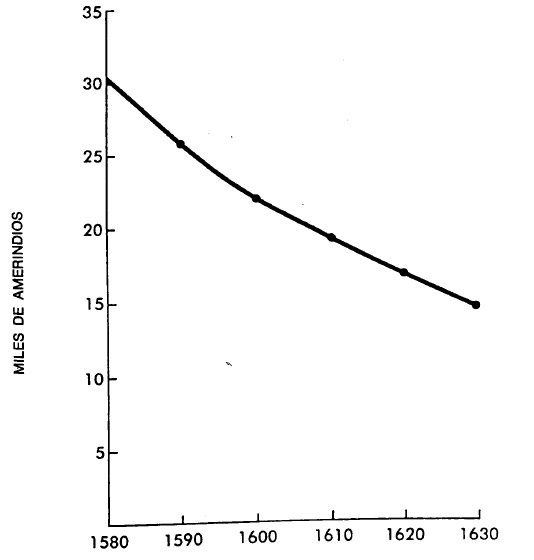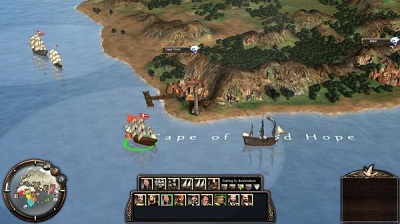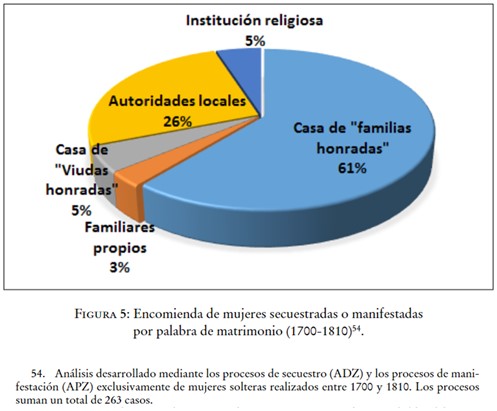
Throughout the 17th century, wine became one of the most important aspects of Spanish exports to England. The international wine market faced strong competition during the 17th century, so other wine-producing countries such as France and Portugal had to be taken into account, as the prohibition on importing French wines or the increase in tariffs that affected the international wine market should be noted. The port of London, at the end of the 17th century, centralised most of the country’s commercial activity, and between 1672-1681 this enclave alone collected 542,100 pounds sterling out of the 760,000 pounds sterling obtained from the rest of the British ports: between 75-90% of the legal wine imports at the end of the century were made in the Thames. Starting from figures of around 5,000 tons per year and after reaching the highest figures of the century at the end of the 1630s (30,420 tons in 1638), there was a decline which did not mean a return to the starting figures. The change occurred around 1640, reflecting a situation of internal instability in the country, taking into account the increase in taxation on wine that led to the prohibition of French wine imports during the confrontation with Louis XIV.
Collection: Graphics
Project: 2. Social and economic impact of technological revolutions in Europe., 9. Travels and travelers: economic, social and cultural connections.
Chronology: XVII
Scope: Secondary Education, Baccalaureate, University
Link: https://www.historiaagraria.com/FILE/articulos/HA70_MartinezRuiz.pdf
Resource type: Graph
Format: Line chart
Source: Martínez Ruiz, José Ignacio, «El comercio de vinos entre España e Inglaterra en la segunda mitad del siglo XVII: construcción de una serie anual y primeros resultados», Historia Agraria, 70 (2016), pp. 11–46.
Language: Spanish
Date: 2016
Owner: Álvaro Romero González (Modernalia)
Copyright: © José Ignacio Martínez Ruiz © Revista de Historia Agraria
Abstract: Fluctuation of wine imports through the port of London during the 17th century
Image
Tags








